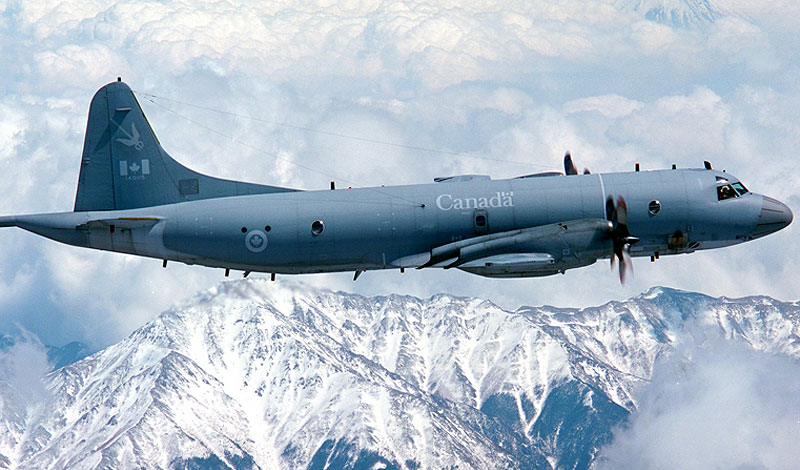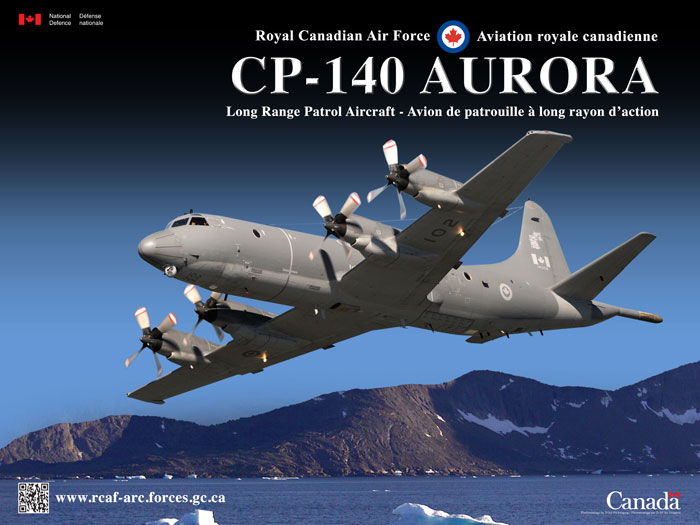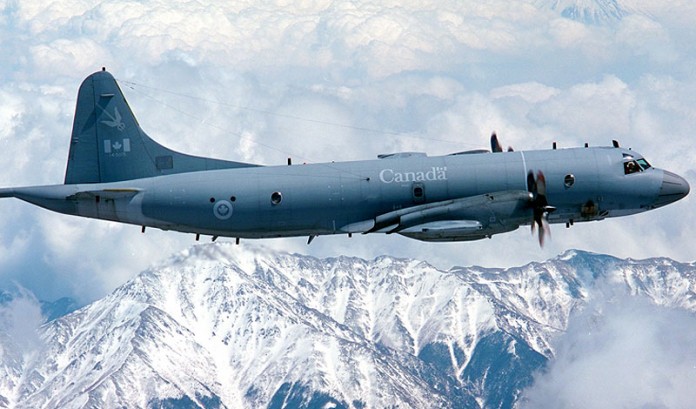The Canadian government has shelved plans to field a new fleet of aerial surveillance aircraft designed to patrol the Arctic territory by 2020. Instead, the conservative government decided to spend $2.13 billion to extend the life of the CP-140 Aurora maritime patrol aircraft fleet, to continue service until 2030.

The 14 Auroras underwent a 10-year, $1.6-billion upgrade starting in 1999 to keep them flying to 2020. Originally designed for anti-submarine warfare (ASW), the Aurora is able to detect and destroy the latest generation of stealth submarines. Its 17-hour endurance and 7,413 km range make the aircraft ideal for an evolving variety of paramilitary operations. As Canada’s only long-range patrol aircraft, the CP-140 Aurora is is capable of flying more than 7,000 km—or 4,000 nautical miles—without refuelling and is often used for long range patrol over coastal, ocean or the arctic region. In addition to its integral maritime search and ASW sensors the aircraft can also carry air-droppable survival pods, or “Sea Survival Kit-Air-Droppable” (SKAD), supporting search and rescue (SAR) missions at sea or over the Arctic region.
Employed in paramilitary and homeland security missions, Aurora is frequently used to search out illegal fishing, immigration, drug trafficking and polluting along the coastline, as well as violations of Canadian territorial sovereignty above and below the ocean’s surface.


















